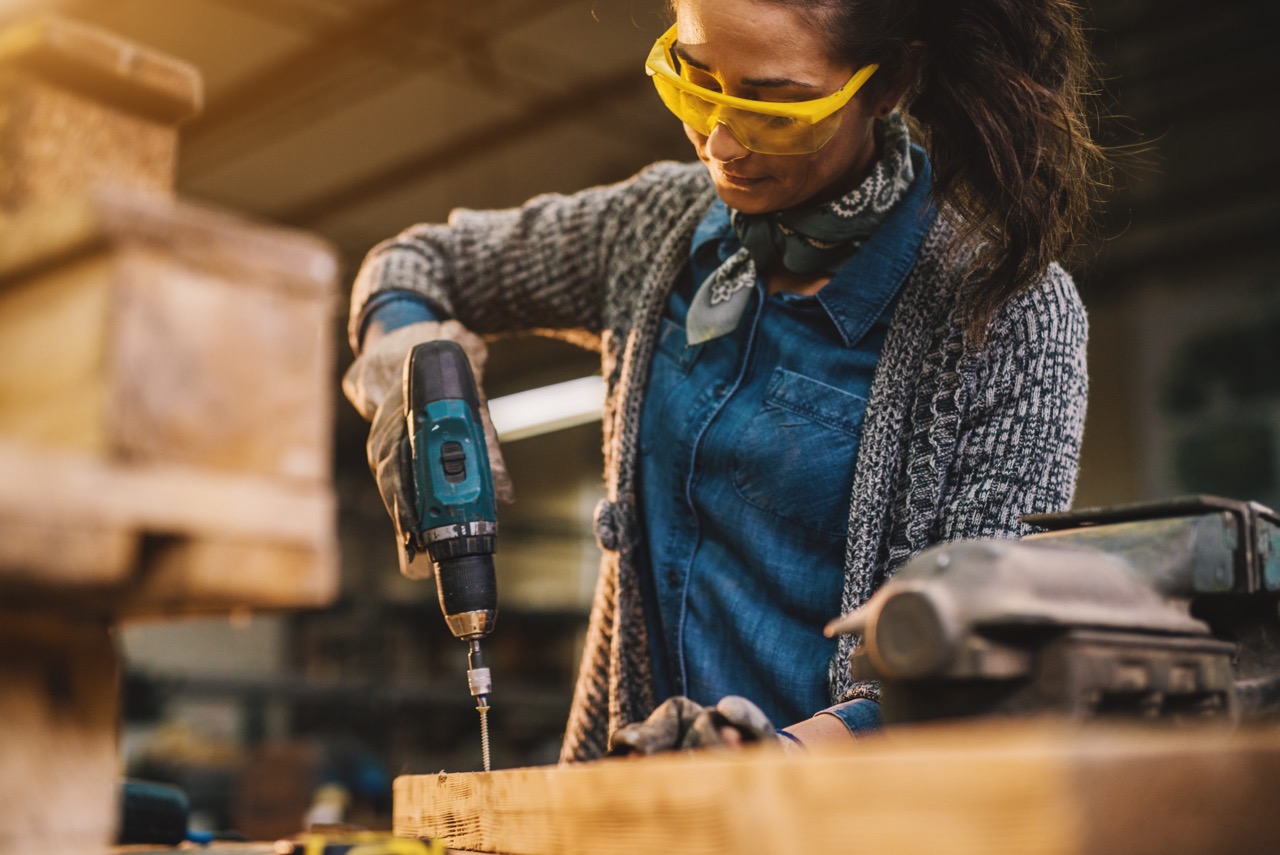

Articles
How To Use Power Tools
Modified: September 1, 2024
Discover a wide range of articles on how to use power tools with our informative classes. Expand your knowledge and become a skilled DIYer today!
(Many of the links in this article redirect to a specific reviewed product. Your purchase of these products through affiliate links helps to generate commission for Storables.com, at no extra cost. Learn more)
Introduction
Learning how to use power tools is a valuable skill that can empower individuals to take on a wide range of DIY projects and home improvements. Whether you are a seasoned DIY enthusiast or a complete beginner, understanding how to safely and effectively use power tools can open up a world of possibilities.
Power tools are an essential component of any toolbox, as they enable individuals to complete tasks with greater efficiency and precision. From drilling holes and driving screws to cutting through materials and shaping surfaces, power tools offer a level of versatility and speed that traditional hand tools simply cannot match.
However, despite the numerous benefits they provide, power tools can also be dangerous if not used properly. This is why it is crucial to learn the correct techniques and safety guidelines associated with each tool. By gaining the necessary knowledge and skills, you will be able to confidently tackle projects while minimizing the risk of accidents or injuries.
In this article, we will explore the importance of learning how to use power tools, discuss basic safety guidelines, and introduce a series of classes that can help you develop your power tool skills. Whether you’re interested in woodworking, home improvement, or simply want to expand your DIY capabilities, these classes are designed to provide you with the knowledge and hands-on experience necessary to use power tools effectively.
So, let’s dive in and discover the incredible world of power tools!
Key Takeaways:
- Learning how to use power tools is not only practical but also empowering, offering increased efficiency, precision, and a wider range of project possibilities. Prioritizing safety and maintenance ensures a fulfilling DIY experience.
- From mastering basic skills to exploring advanced techniques and specialized applications, these classes provide a comprehensive foundation for confidently using power tools and creating stunning projects. Embrace the power of creativity and craftsmanship!
Read more: How Many Watts Do Power Tools Use
Importance of Learning How to Use Power Tools
Learning how to use power tools is not only practical, but also empowering. Whether you want to take on DIY home projects, pursue hobbies like woodworking, or even start a career in construction, having the knowledge and skills to use power tools is essential. Here are some key reasons why learning how to use power tools is important:
- Increased Efficiency: Power tools are designed to make tasks faster and easier. When you know how to use them proficiently, you can complete projects in less time, allowing you to take on more tasks and accomplish your goals more efficiently.
- Greater Precision: Power tools offer precise and accurate results that can be challenging to achieve with traditional hand tools. Whether it’s making clean cuts, drilling precise holes, or sanding surfaces evenly, power tools enable you to achieve professional-quality results.
- Wider Range of Projects: With power tools, you can expand the scope of projects you can undertake. From building furniture and cabinets to constructing outdoor structures and renovations, knowing how to use power tools opens up a world of possibilities, allowing you to take on more challenging and creative projects.
- Saves Money: While power tools may require an initial investment, learning how to use them can save you money in the long run. Instead of hiring professionals for every small repair or renovation task, you can confidently handle many projects yourself, saving on labor costs.
- Independence: Knowing how to use power tools gives you the freedom to tackle projects whenever you want, without relying on others. Whether it’s fixing a leaky faucet, hanging shelves, or building a custom piece of furniture, you can be self-reliant and accomplish tasks on your own schedule.
- Personal Satisfaction: There is a great sense of pride and satisfaction in completing a project with your own hands. Learning how to use power tools allows you to transform your ideas into reality. The joy of seeing the finished project and knowing that you were able to bring it to life is incredibly rewarding.
Overall, learning how to use power tools is an investment worth making. It equips you with valuable skills, expands your capabilities, and empowers you to take on a wide variety of projects. So, whether you’re looking to improve your home, pursue hobbies, or even start a new career, learning how to use power tools is a vital step in achieving your goals.
Basic Safety Guidelines for Using Power Tools
When it comes to using power tools, safety should always be the top priority. While power tools can greatly enhance your efficiency and productivity, they can also cause severe injuries if not used correctly. Here are some basic safety guidelines that you should always follow when using power tools:
- Read the Instruction Manual: Before using any power tool, carefully read the instruction manual provided by the manufacturer. Familiarize yourself with the tool’s features, operation, and safety guidelines. Pay special attention to any warnings or precautions mentioned.
- Wear Protective Gear: Always wear appropriate personal protective equipment (PPE) when using power tools. This typically includes safety goggles or glasses, ear protection, a dust mask, and sturdy work gloves. Additionally, avoid loose clothing, jewelry, and long hair that can get caught in the tool.
- Inspect the Tool: Before using a power tool, inspect it for any signs of damage, such as frayed cords, loose parts, or broken switches. Never use a tool that is defective or in need of repair. Regularly maintain and clean your tools to ensure optimal performance and longevity.
- Create a Safe Workspace: Clear the work area of any clutter or potential hazards. Ensure good lighting in the workspace and provide proper ventilation if working with dust-producing tools. Use clamps or vice grips to secure the material being worked on, whenever possible, to prevent it from moving or slipping.
- Power Off and Unplug: Whenever you are not using a power tool or making adjustments, make sure it is powered off and unplugged. This applies even if you are just taking a short break or stepping away from the tool momentarily.
- Proper Tool Handling: Always hold power tools by their handles or designated grip areas. Do not touch the blades or moving parts while the tool is in operation. Keep a firm grip on the tool and maintain a steady posture to avoid losing control and causing accidents.
- Use the Right Tool for the Job: Each power tool is designed for specific tasks, materials, and capacities. Ensure that you use the appropriate tool for the job at hand. Using the wrong tool can result in improper cuts, damage to the tool or material, and increased risk of accidents.
- Disconnect Power During Maintenance: When performing maintenance, changing blades, or making adjustments, always disconnect the power source. This prevents accidental start-ups and ensures your safety while working on the tool.
- Take Breaks and Stay Focused: Fatigue and distraction can increase the risk of accidents. Take regular breaks and stay alert while using power tools. Avoid using power tools when you are tired, under the influence of medication or substances, or in a rush.
- Education and Training: Lastly, seek proper education and training in using power tools. Attend workshops, classes, or online courses that focus on power tool safety and techniques. Learning from experts will equip you with the knowledge and skills necessary to use power tools effectively and safely.
Following these basic safety guidelines will help ensure a safe and enjoyable experience when using power tools. Remember, it is always better to be cautious and take preventive measures than to risk injury or damage. By prioritizing safety, you can confidently tackle your projects and make the most out of your power tools.
Understanding Different Types of Power Tools
Power tools come in a wide variety of types, each designed for specific tasks and applications. Understanding the different types of power tools available can help you select the right tool for your projects. Here are some common types of power tools:
- Drills: Drills are versatile power tools used for making holes in various materials. They can be corded or cordless and come with different speed and torque settings. Drills are essential for a range of tasks, from simple home repairs to woodworking projects.
- Saws: Saws are used for cutting through a variety of materials. There are different types of saws, such as circular saws, jigsaws, reciprocating saws, and miter saws, each with its own specialty. Saws are crucial for carpentry, construction, and DIY woodworking projects.
- Sanders: Sanders are power tools used for smoothing surfaces and removing material. They are available in various types, including belt sanders, orbital sanders, and detail sanders. Sanders are commonly used in woodworking and refinishing projects to achieve a smooth and polished finish.
- Grinders: Grinders are powerful tools used for cutting, grinding, and polishing metal and other materials. Angle grinders and bench grinders are two common types of grinders. They are used in metalworking, construction, and fabrication projects.
- Planers: Planers are primarily used in woodworking to smoothen and shape rough surfaces. They are designed to remove thin layers of material with each pass, allowing for precise adjustments and creating flat and even surfaces.
- Router: Routers are versatile tools used for cutting, shaping, and hollowing out various materials. They are commonly used in woodworking for creating decorative edges, joinery, and intricate designs.
- Nail Guns: Nail guns are power tools that are used to quickly and efficiently drive nails into wood or other materials. They save time and effort compared to manually driving nails with a hammer and are commonly used in construction and carpentry.
- Air Compressors: While not technically a power tool, air compressors are essential for powering pneumatic tools. They provide compressed air that is used to drive nails, operate air-powered wrenches, and paint sprayers, among other applications.
- Rotary Tools: Rotary tools are handheld, versatile tools that can be used for cutting, grinding, and polishing a wide range of materials. They are compact and often come with various interchangeable attachments, making them ideal for detailed work and intricate projects.
- Heat Guns: Heat guns are used for applying concentrated heat to remove paint, thaw frozen pipes, shrink wrap, and more. They are versatile tools used in various industries, including construction, automotive, and crafting.
These are just a few examples of the many types of power tools available. It’s important to research and understand the specific applications and limitations of each tool before using them. Additionally, always follow the manufacturer’s guidelines and safety instructions to ensure proper and safe usage of the power tool.
By familiarizing yourself with the different types of power tools, you can make informed decisions about which tools are best suited for your projects. Remember to match the right tool to the task at hand, and always prioritize safety when using power tools.
Class 1: Introduction to Power Tools
Class 1: Introduction to Power Tools is the perfect starting point for anyone looking to learn about power tools and their basic functions. In this class, you will gain a comprehensive understanding of power tools, their various types, and how they can be used to complete a wide range of projects.
This introductory class will cover the following topics:
- Overview of Power Tools: You will learn what power tools are and how they differ from traditional hand tools. We will discuss the benefits of using power tools, including increased efficiency, precision, and versatility.
- Common Types of Power Tools: We will explore the most common types of power tools, such as drills, saws, sanders, and grinders. You will learn about their specific functions and applications, as well as the different power options available, including corded and cordless tools.
- Safety Guidelines: Safety is our top priority, so we will cover essential safety guidelines for using power tools. You will learn about wearing appropriate protective gear, maintaining a safe workspace, and following proper tool handling techniques.
- Basic Operations: We will discuss the basic operations of power tools, including how to turn them on and off, change accessories, and adjust settings. You will also learn about the different controls and features commonly found on power tools.
- Introduction to Power Tool Brands: There are several reputable power tool brands on the market, and we will introduce you to some of the most popular ones. You will learn about their reputation, product range, and factors to consider when choosing power tools.
- Resources for Further Learning: To continue your power tool education beyond this class, we will provide you with a list of recommended resources, such as books, online tutorials, and forums, where you can further expand your knowledge and skills.
By the end of Class 1, you will have a solid understanding of power tools and the foundation necessary to explore more advanced techniques in subsequent classes. You will also be equipped with important safety knowledge to ensure your well-being while using power tools.
So, if you’re ready to dive into the world of power tools and unleash your DIY potential, join us for Class 1: Introduction to Power Tools. Get ready to discover the endless possibilities that power tools offer and embark on a journey of creativity and craftsmanship!
Class 2: Essential Power Tool Skills
In Class 2: Essential Power Tool Skills, we will delve deeper into the practical aspects of using power tools and develop essential skills that will enable you to confidently tackle various projects. This class will focus on honing your abilities with some of the most commonly used power tools, including drills, saws, and sanders.
Here’s an overview of what you can expect to learn in Class 2:
- Drilling Skills: We will start by diving into the world of drills and learning fundamental drilling techniques. You will discover how to choose the right drill bit for different materials, drill straight and precise holes, and effectively use depth stops for consistent drilling depths.
- Sawing Techniques: Next, we will explore the proper techniques for using power saws. You will learn how to make straight cuts with a circular saw and accurately follow curved lines with a jigsaw. We will also discuss safety precautions and tips for achieving clean and precise cuts.
- Sanding Proficiency: Sanding is a crucial step in achieving smooth and finished surfaces. In this part of the class, you will master the art of sanding by understanding different types of sandpaper, proper sanding techniques, and approaches for achieving the desired level of smoothness and finish.
- Fastening and Joinery: We will also cover important skills related to fastening and joinery using power tools. You will learn how to use power drills and drivers to efficiently drive screws, as well as techniques for creating strong and secure joints using power tools like routers and biscuit joiners.
- Practical Projects: Throughout the class, we will incorporate practical projects to apply your newly acquired skills. These projects will allow you to put your drilling, sawing, and sanding skills to the test and give you the confidence to pursue more complex projects in the future.
By the end of Class 2, you will have developed essential power tool skills, enabling you to handle a range of tasks with confidence. Whether you’re looking to build furniture, undertake home improvement projects, or explore creative woodworking endeavors, the skills you gain in this class will be invaluable.
Remember, practice makes perfect, and honing your power tool skills requires hands-on application. So, get ready to unleash your inner craftsman and join us for Class 2: Essential Power Tool Skills. Prepare to discover the joy of working with power tools and witness the transformation as you bring your projects to life!
Always wear appropriate safety gear, such as goggles and gloves, when using power tools to protect yourself from potential injuries.
Class 3: Power Tool Maintenance and Troubleshooting
In Class 3: Power Tool Maintenance and Troubleshooting, we will shift focus into understanding how to properly maintain and troubleshoot power tools. This class will equip you with the knowledge and skills necessary to keep your tools in optimal condition, ensuring their longevity and reliable performance. Additionally, you will learn how to identify and troubleshoot common issues that may arise during your power tool usage.
Here’s what you can expect to learn in Class 3:
- Importance of Regular Maintenance: We will begin by highlighting the significance of regular maintenance for power tools. You will understand how proper maintenance can extend the lifespan of your tools and enhance their efficiency and performance.
- Cleaning and Lubrication: We will take an in-depth look at the cleaning and lubrication process for power tools. You will learn how to clean different parts of the tools, including blades, chucks, and motors, and the importance of using the appropriate lubricants for smooth operation.
- Blade and Bit Replacement: Blades and bits are essential components of many power tools. We will cover when and how to replace these components. You will learn about selecting the right blade or bit for specific materials and projects, as well as the proper techniques for replacing them.
- Battery Maintenance and Charging: For cordless power tools, understanding proper battery maintenance is crucial. We will explore how to care for rechargeable batteries, including best charging practices and storage guidelines to maximize their lifespan and performance.
- Troubleshooting Common Issues: Power tools can encounter problems from time to time. We will discuss common issues such as poor performance, overheating, and motor malfunctions. You will learn how to diagnose these problems and explore troubleshooting techniques to resolve them.
- Tool Storage and Organization: Proper storage and organization of power tools is essential for their longevity and ease of use. We will provide tips and suggestions for storing your tools safely and efficiently, ensuring they are readily accessible and protected from damage.
By the end of Class 3, you will have a solid understanding of power tool maintenance and troubleshooting. You will be equipped with the skills to keep your tools in top condition, address common issues that may arise, and ensure safe and efficient operation.
Remember, a well-maintained tool is not only safer to use but also performs at its best, enabling you to achieve superior results in your projects. So, join us for Class 3: Power Tool Maintenance and Troubleshooting, and unlock the knowledge to keep your power tools in excellent shape for years to come!
Class 4: Advanced Power Tool Techniques
In Class 4: Advanced Power Tool Techniques, we will build upon the foundational skills you have acquired and explore more complex and specialized techniques for using power tools. This class is designed for those who are ready to take their craftsmanship to the next level and tackle more challenging projects.
Here’s a glimpse of what you can expect to learn in Class 4:
- Advanced Cutting Techniques: We will delve deeper into cutting techniques and explore advanced methods for achieving intricate and precise cuts. You will learn about bevel cuts, compound cuts, and techniques for cutting curves and complex shapes.
- Joinery Mastery: Joinery is a fundamental aspect of woodworking, and in this class, we will explore advanced techniques for creating strong and attractive joints using power tools. You will learn about dado cuts, rabbet joints, and techniques for precise and flush joinery.
- Beyond Basic Sanding: Building upon your knowledge of sanding, we will explore advanced sanding techniques to achieve flawless surfaces. You will learn about the use of power sanders for sculpting, shaping, and achieving unique textures and finishes.
- Customizing and Detailing: We will cover techniques for customization and detailing using power tools. You will discover how to add decorative elements, create intricate patterns, and engrave designs onto your projects, showcasing your unique style and attention to detail.
- Finishing Touches: Finishing is essential to protect and enhance the beauty of your projects. We will explore advanced techniques for applying stains, paints, and finishes using power tools. You will learn how to achieve smooth finishes, blend colors, and create striking effects.
- Projects and Applications: Throughout the class, we will showcase advanced projects and applications that demonstrate the utilization of these techniques. From building intricate furniture pieces to crafting artistic woodwork, these examples will inspire you to push the boundaries of your power tool skills.
By the end of Class 4, you will have expanded your repertoire of power tool techniques and gained confidence in taking on more complex projects. You will have the skills to create unique and professional-grade pieces that showcase your craftsmanship and creativity.
Remember, mastery of power tools comes with practice and dedication. So, join us for Class 4: Advanced Power Tool Techniques and embark on a journey of advanced craftsmanship. Get ready to elevate your skills and witness the incredible possibilities that power tools offer!
Class 5: Specialized Power Tools and Their Applications
In Class 5: Specialized Power Tools and Their Applications, we will explore a range of specialized power tools that are designed for specific tasks and applications. These tools can take your projects to new heights of precision and efficiency. This class is ideal for those who want to expand their knowledge and explore the capabilities of specialized power tools.
Here’s an overview of what you can expect to learn in Class 5:
- Router and Router Table: We will begin by delving into the world of routers and router tables. You will learn how to use a router for various tasks, such as creating decorative edges, making grooves and dadoes, and crafting intricate joinery. You will also explore the benefits and techniques of using a router table.
- Biscuit Joiner: Biscuit joiners are powerful tools used for creating strong and concealed joints. We will cover the applications and techniques of using a biscuit joiner, including aligning boards for edge-to-edge joints and creating miter joints.
- Scroll Saw: The scroll saw is a versatile tool used for intricate and detailed cutting. You will learn how to use a scroll saw for cutting intricate patterns, creating delicate fretwork, and making curved cuts in various materials.
- Lathe: Lathes are used for turning wood or other materials to create cylindrical shapes. We will explore the applications of a lathe, such as creating bowls, spindles, and other curved forms. You will learn the techniques for safe and precise turning.
- Planer and Jointer: Planers and jointers are essential tools for working with rough lumber. We will cover how to use a planer to achieve consistent thickness and a jointer to create flat and straight edges. These tools are crucial for preparing wood for further projects.
- Paint Sprayer: Paint sprayers offer a fast and efficient way to apply paint to large surfaces. We will discuss the different types of paint sprayers and their applications. You will learn how to achieve professional-level finishes and avoid common issues when using a paint sprayer.
By the end of Class 5, you will have a comprehensive understanding of specialized power tools and their applications. You will have the skills to incorporate these tools into your projects, expanding your capabilities and achieving incredible precision and quality in your work.
Specialized power tools are powerful assets that can elevate your craftsmanship to new heights. So, join us for Class 5: Specialized Power Tools and Their Applications, and unlock the potential of these tools to take your projects to the next level.
Class 6: Creating Projects with Power Tools
In Class 6: Creating Projects with Power Tools, we will bring everything you’ve learned throughout the previous classes together and focus on applying your skills to real-world projects. This class is designed to inspire and guide you in creating beautiful and functional pieces using power tools.
Here’s what you can expect to learn in Class 6:
- Project Planning: We will start by discussing the importance of project planning and setting goals. You will learn how to assess your skills, choose appropriate projects that match your abilities, and create a detailed plan for executing your project.
- Material Selection: Choosing the right materials is crucial for a successful project. We will explore different types of wood and materials used in various projects. You will learn how to select materials based on their properties, characteristics, and suitability for your project.
- Project Execution: We will guide you through the step-by-step process of executing a project using power tools. From measuring and marking to cutting, shaping, and assembling, you will apply your skills and techniques to create your desired piece.
- Finishing Techniques: The finishing touches can greatly enhance the appearance and durability of your projects. You will learn advanced techniques for applying stains, paints, varnishes, and other finishes to achieve professional-level results.
- Troubleshooting and Problem-Solving: As you work on your projects, challenges may arise. We will discuss common issues and provide troubleshooting tips to help you overcome obstacles and ensure successful project completion.
- Project Showcasing: In this class, you will have the opportunity to showcase your completed projects to the class. This will allow you to share your achievements, receive feedback, and gain inspiration from other participants.
By the end of Class 6, you will have gained valuable experience and confidence in creating your own projects using power tools. You will have the knowledge and skills to plan, execute, and finish projects, and the ability to tackle future projects with creativity and precision.
Creating projects with power tools is a fulfilling and rewarding endeavor. So, join us for Class 6: Creating Projects with Power Tools and unleash your creativity and craftsmanship. Get ready to bring your ideas to life and showcase your skills to the world!
Conclusion
Congratulations! You have completed this comprehensive series of classes on power tools and gained valuable knowledge and skills to confidently use and maintain these remarkable tools. Throughout the classes, we have covered the importance of learning how to use power tools, basic safety guidelines, understanding different types of power tools, essential skills, maintenance, troubleshooting, specialized applications, and creating projects.
Power tools have revolutionized the way we approach DIY projects and home improvements. With their efficiency, precision, and versatility, power tools enable us to take on a wide range of tasks and unleash our creativity and craftsmanship. However, it is essential to prioritize safety at all times, ensuring the proper use of protective gear, maintaining a safe workspace, and following manufacturer guidelines.
By developing essential power tool skills, such as drilling, sawing, and sanding, you have acquired the foundation to tackle various projects with confidence. As you progress and explore advanced techniques, specialized power tools open up even more possibilities, allowing you to create intricate joinery, shape materials with precision, and achieve professional-quality finishes.
Remember, maintenance plays a crucial role in maximizing the lifespan and performance of your power tools. Regular cleaning, lubrication, and blade/bit replacement are essential to keep your tools in top condition. Additionally, troubleshooting techniques and problem-solving skills empower you to identify and resolve common issues that may arise during your power tool usage.
With the knowledge and skills gained in these classes, you are now equipped to create amazing projects using power tools. By planning, selecting the right materials, executing your projects, and adding professional-level finishes, you can showcase your creativity and craftsmanship.
Whether you’re a DIY enthusiast, a hobbyist, or someone looking to start a career in construction or woodworking, the skills you’ve developed throughout these classes will serve as a solid foundation for your future endeavors. Remember, practice makes perfect, and the more you use your power tools, the more proficient you will become.
So, go forth with confidence, embrace the power of these tools, and let your imagination soar. Undertake projects, challenge yourself, and continue to expand your knowledge and skills. With your newfound expertise in power tools, there’s no limit to what you can create!
Frequently Asked Questions about How To Use Power Tools
Was this page helpful?
At Storables.com, we guarantee accurate and reliable information. Our content, validated by Expert Board Contributors, is crafted following stringent Editorial Policies. We're committed to providing you with well-researched, expert-backed insights for all your informational needs.

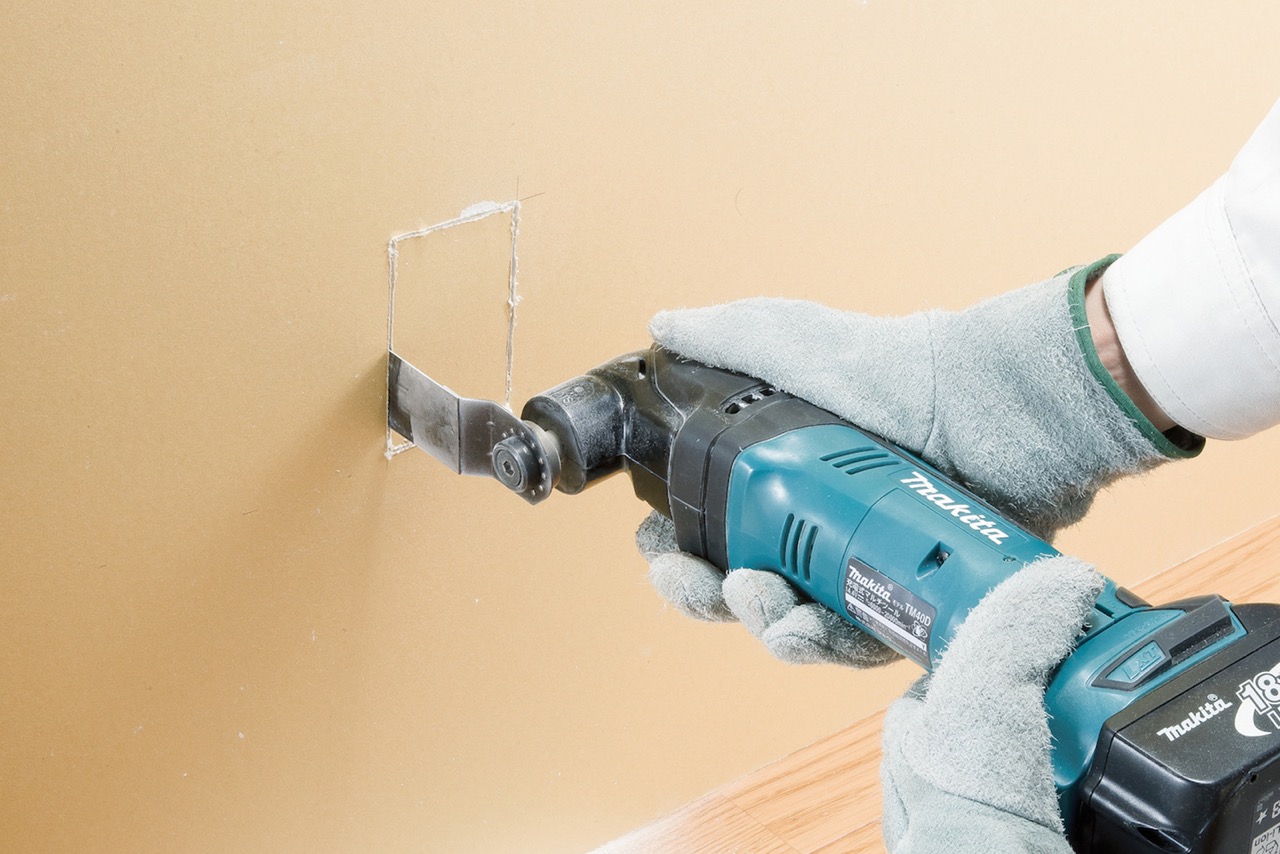
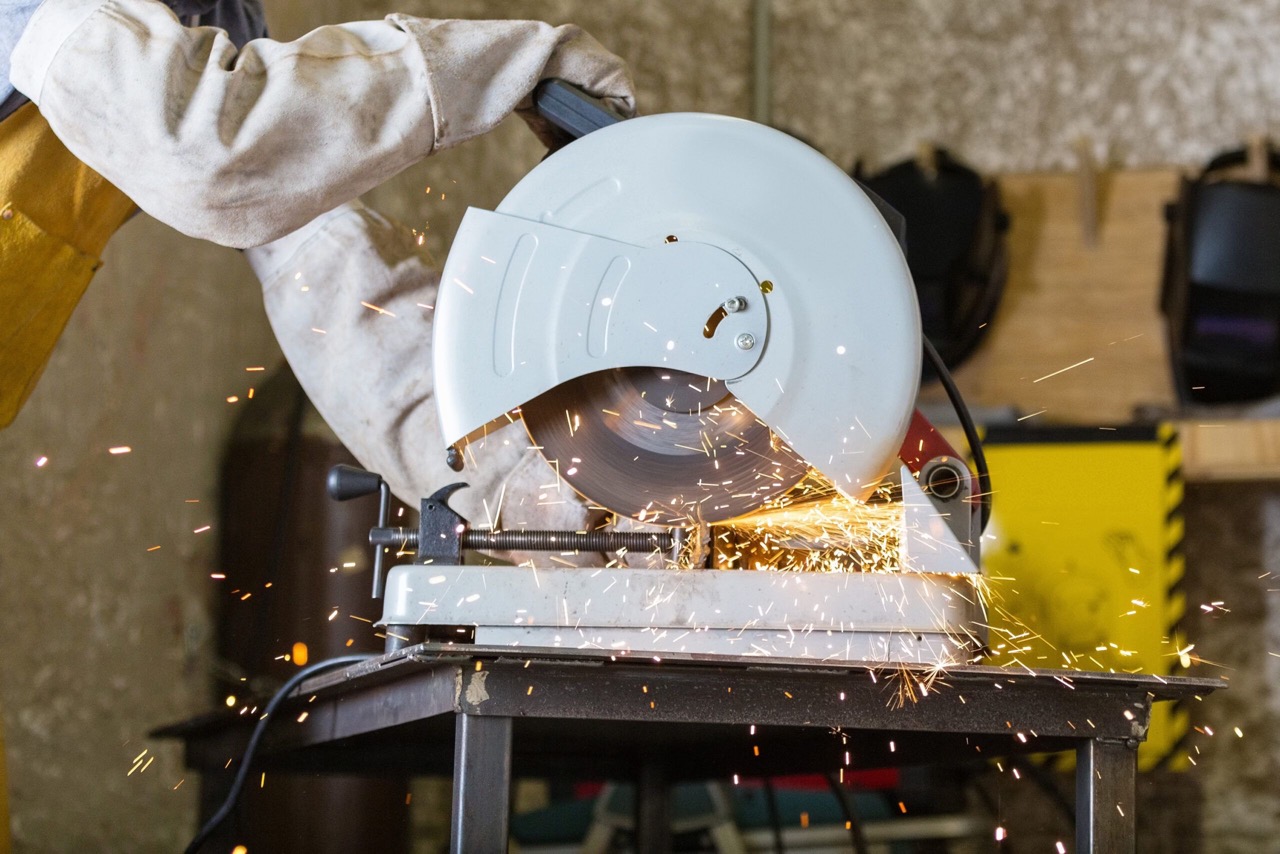
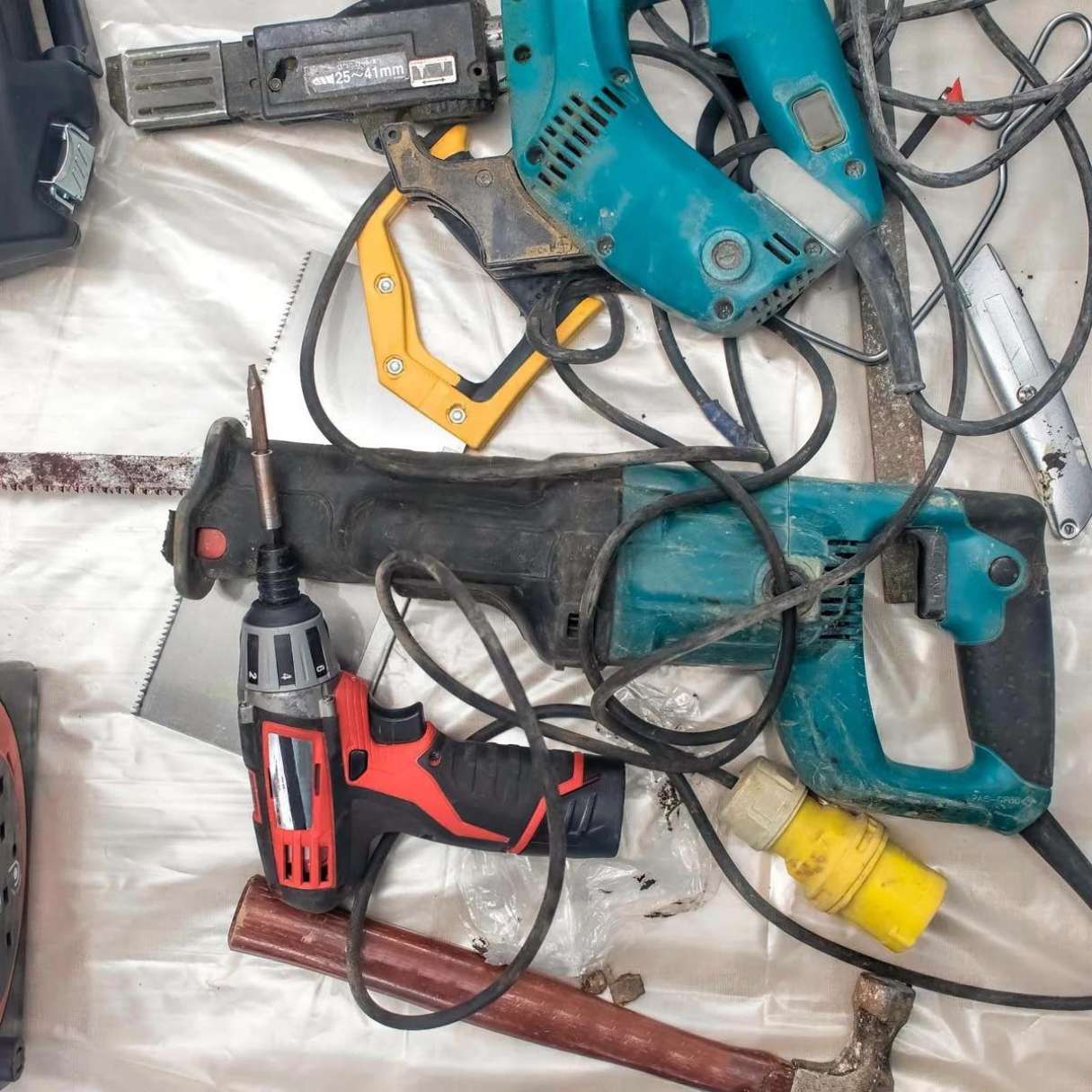
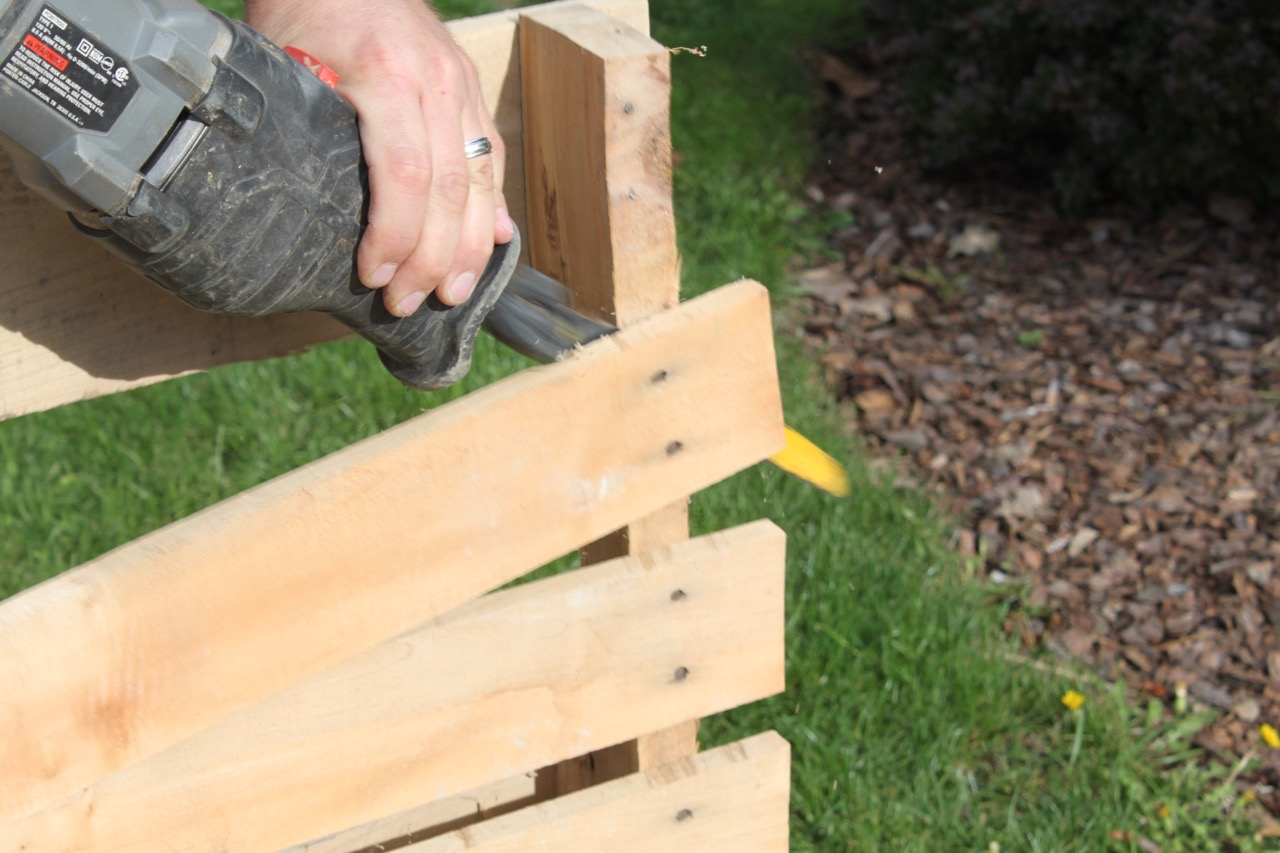
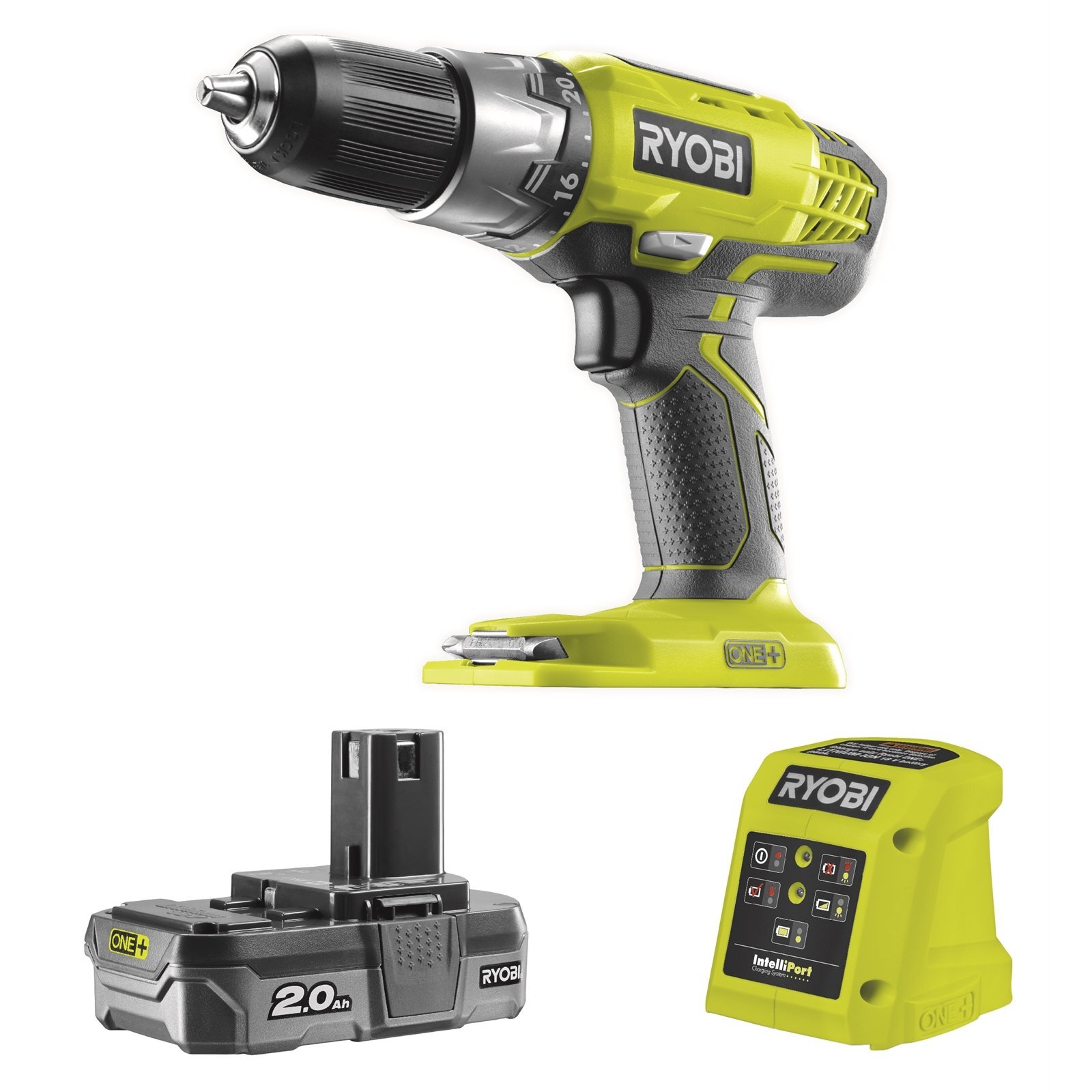
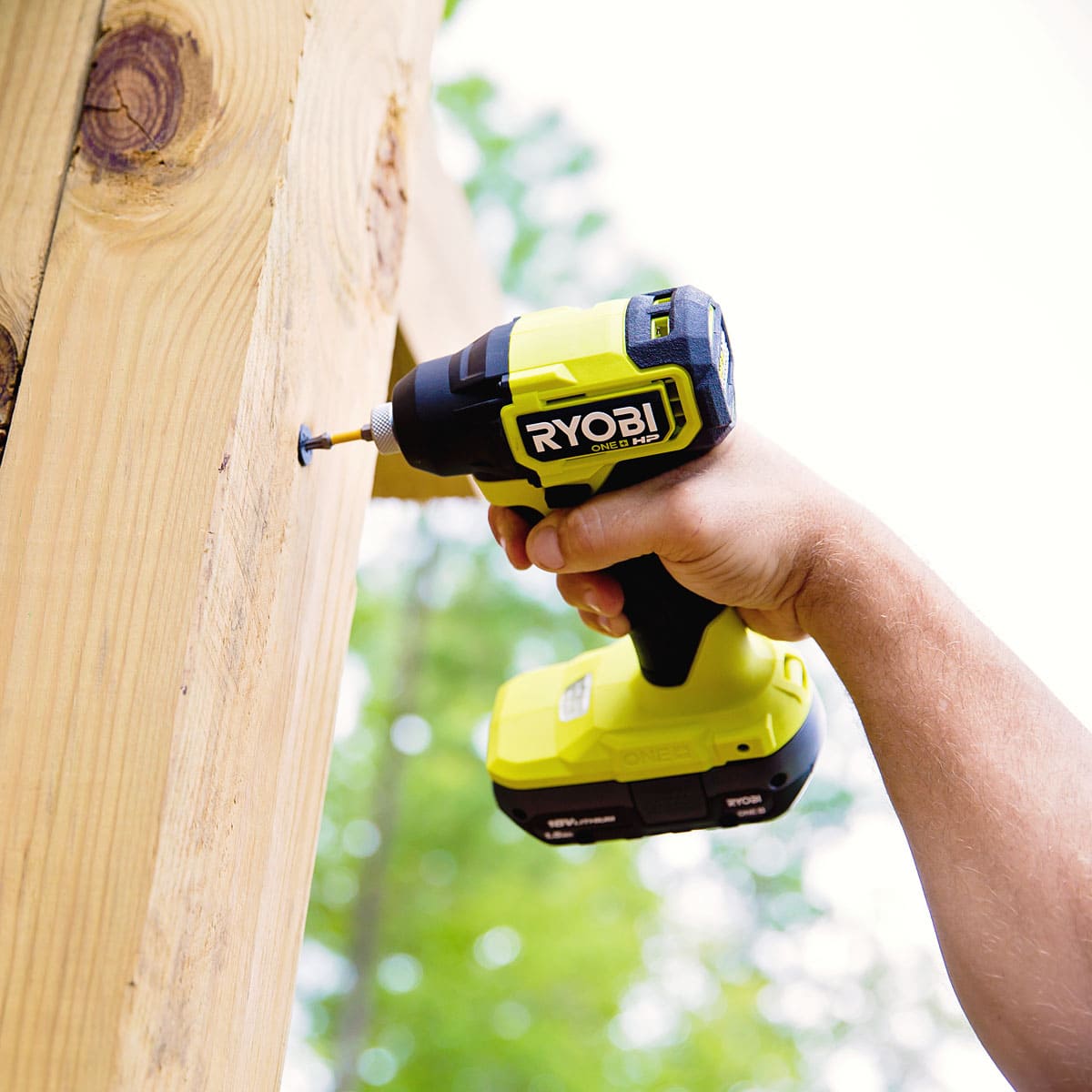
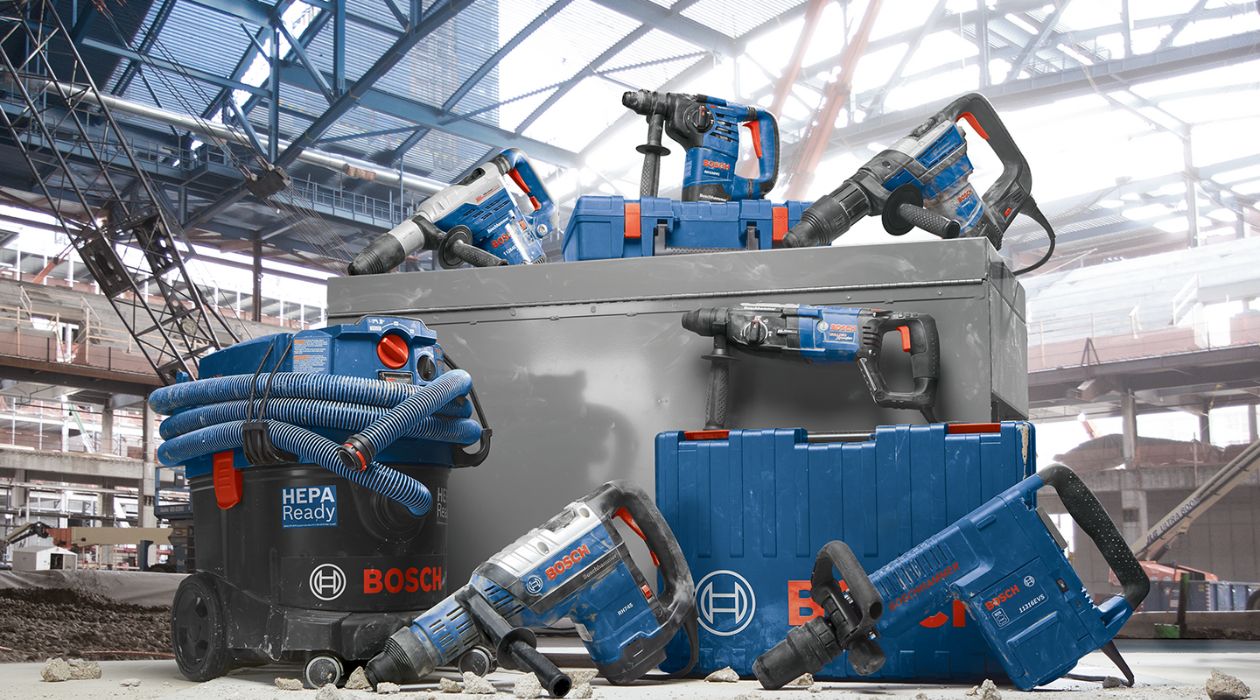
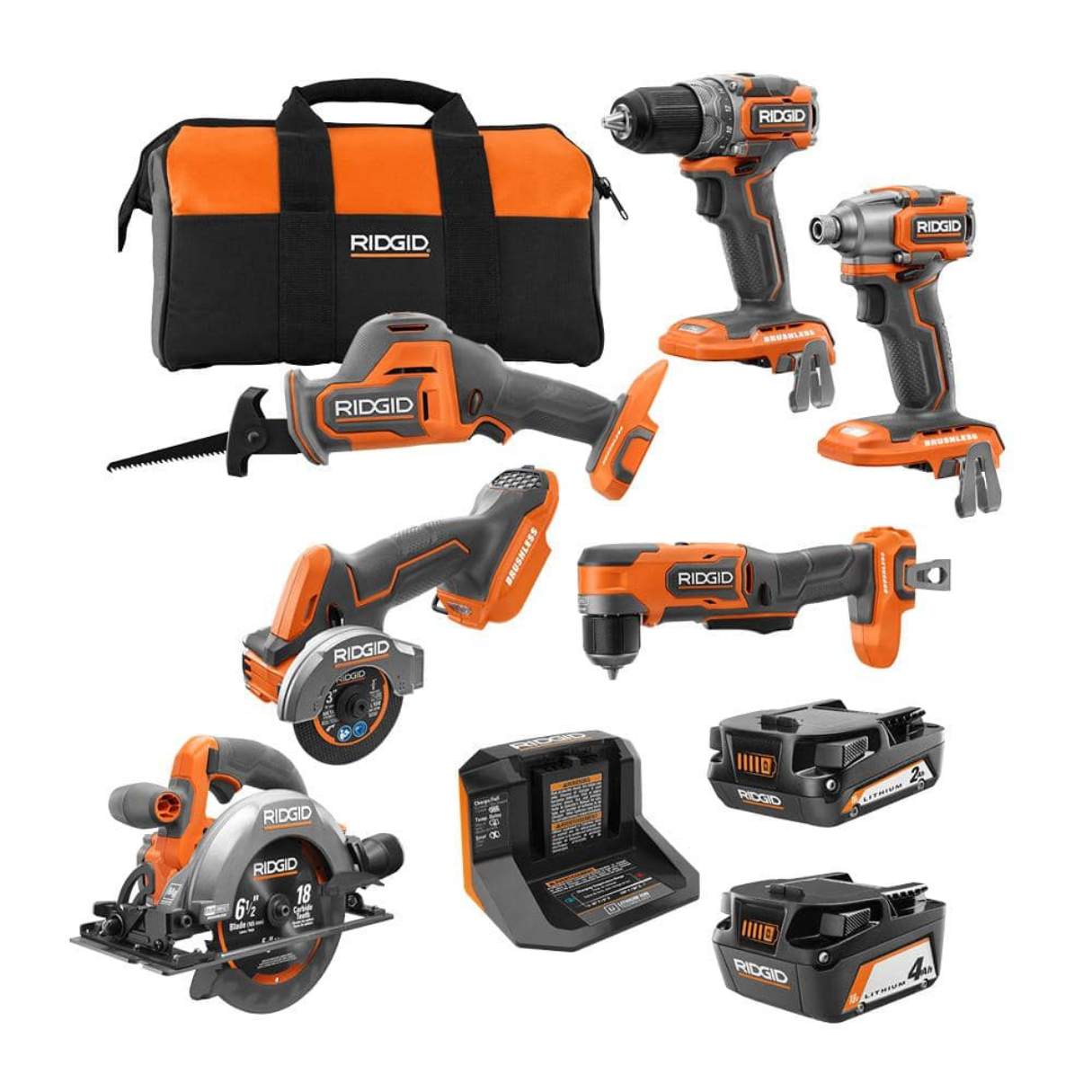
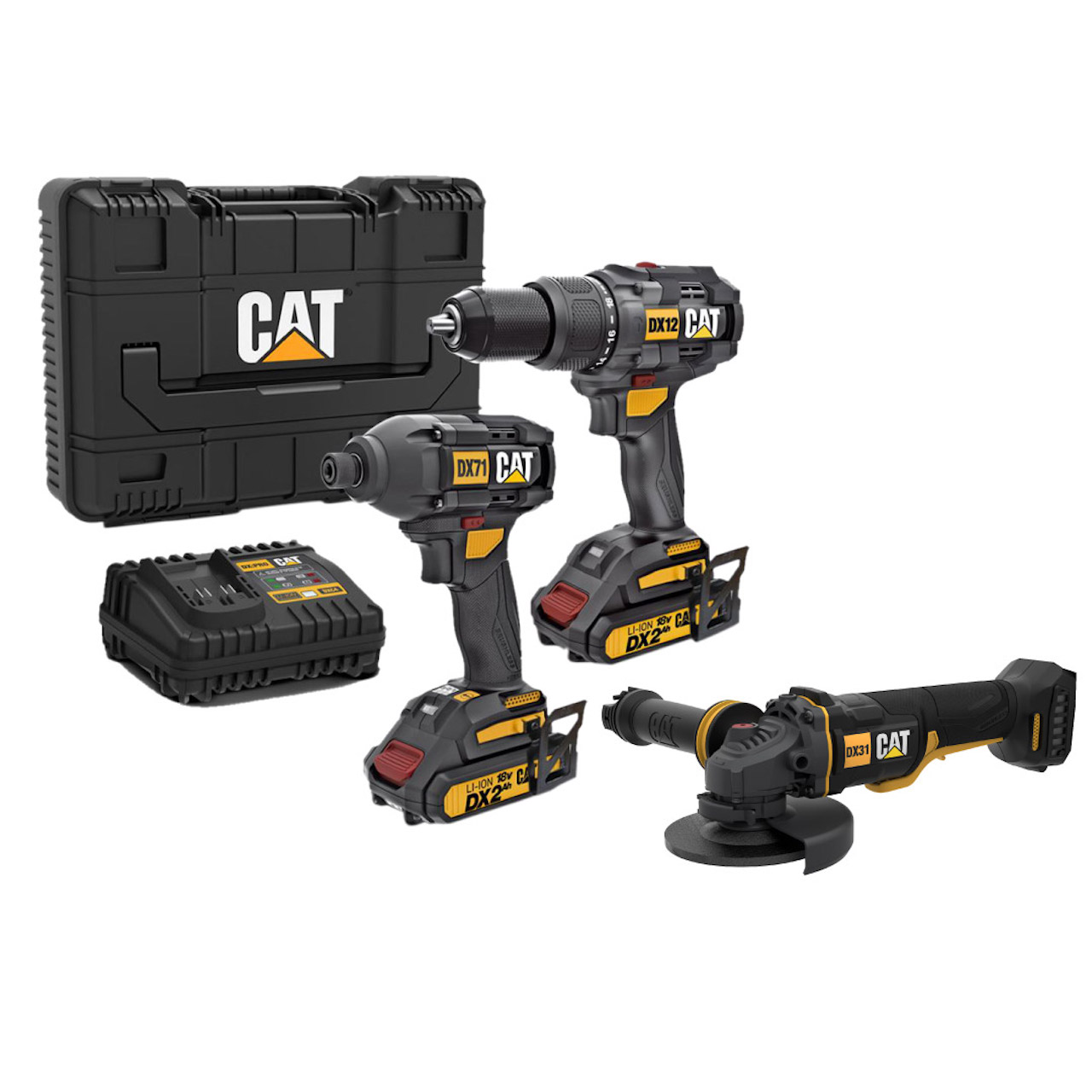
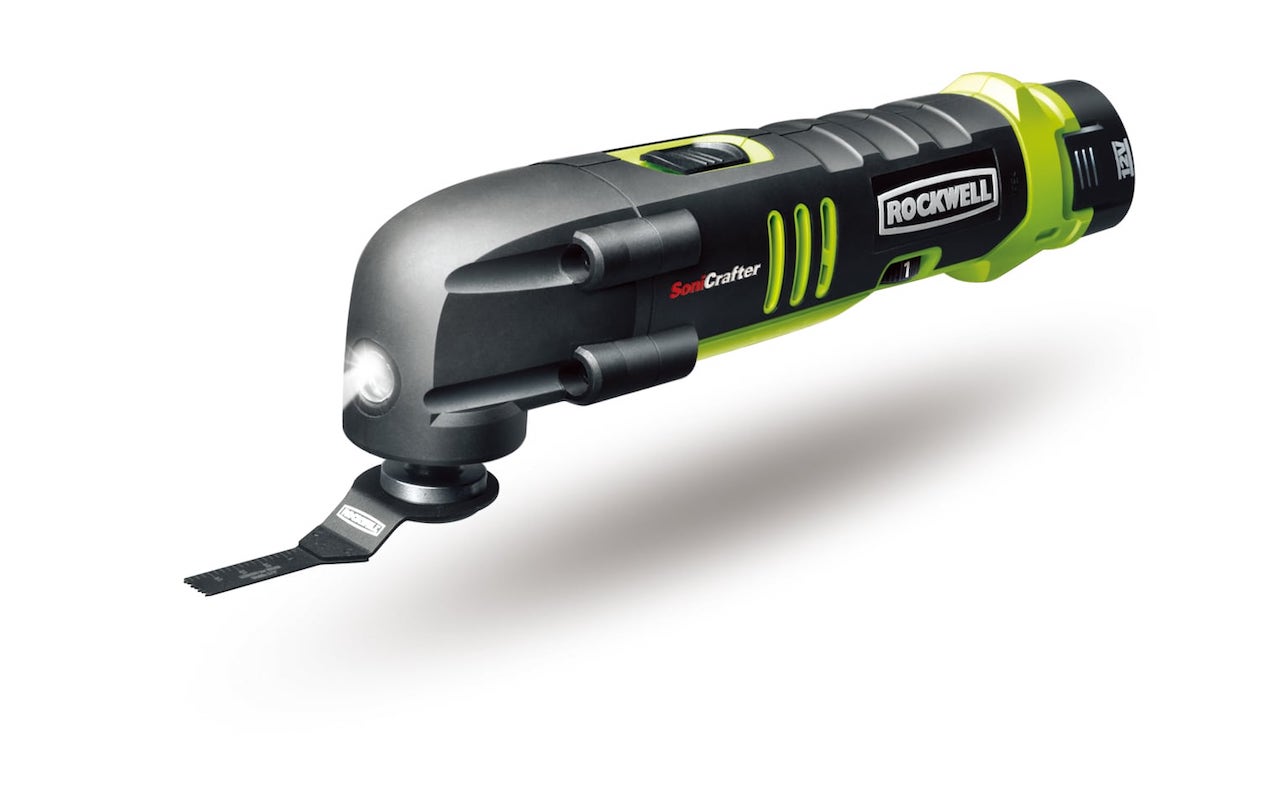
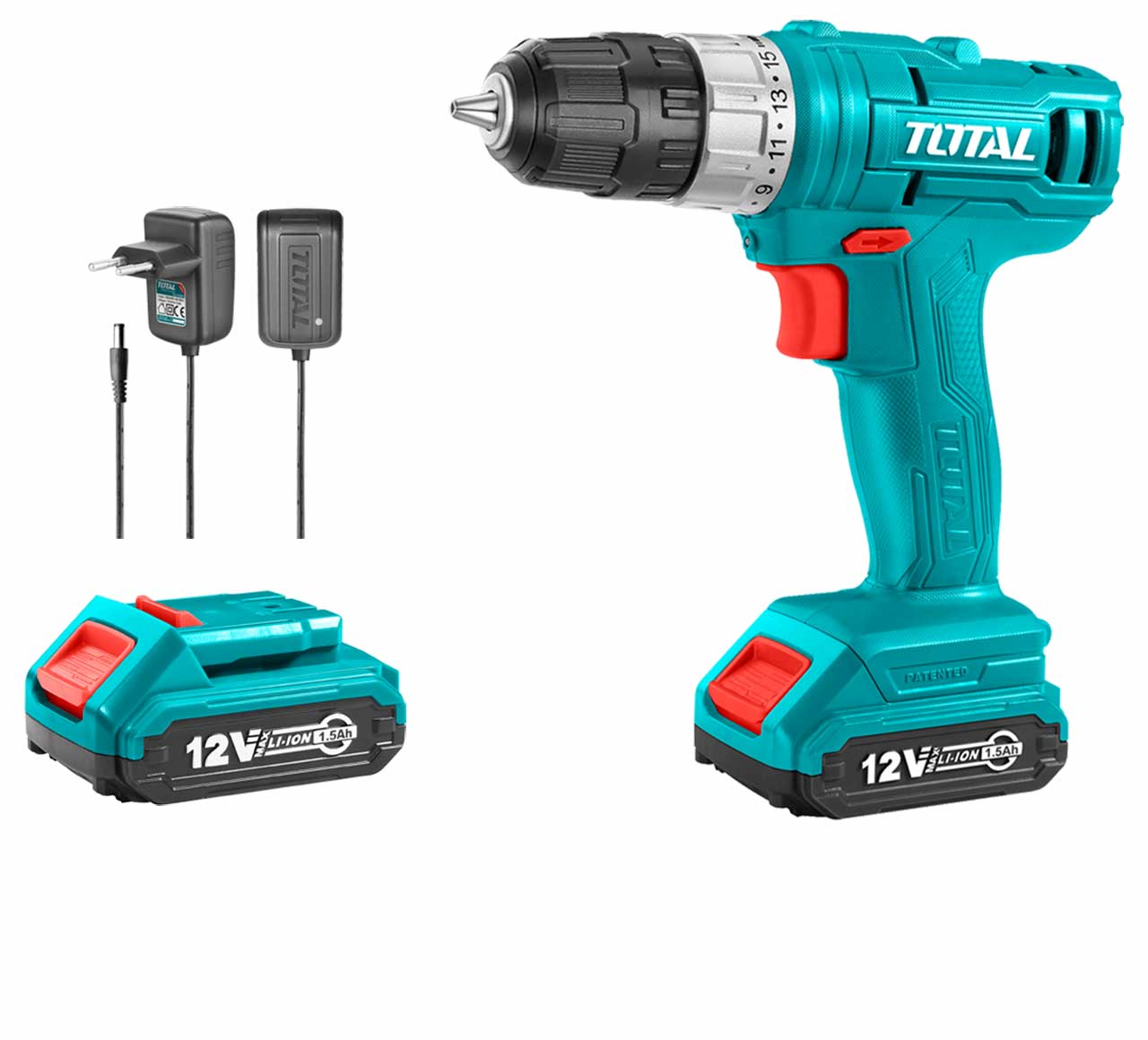
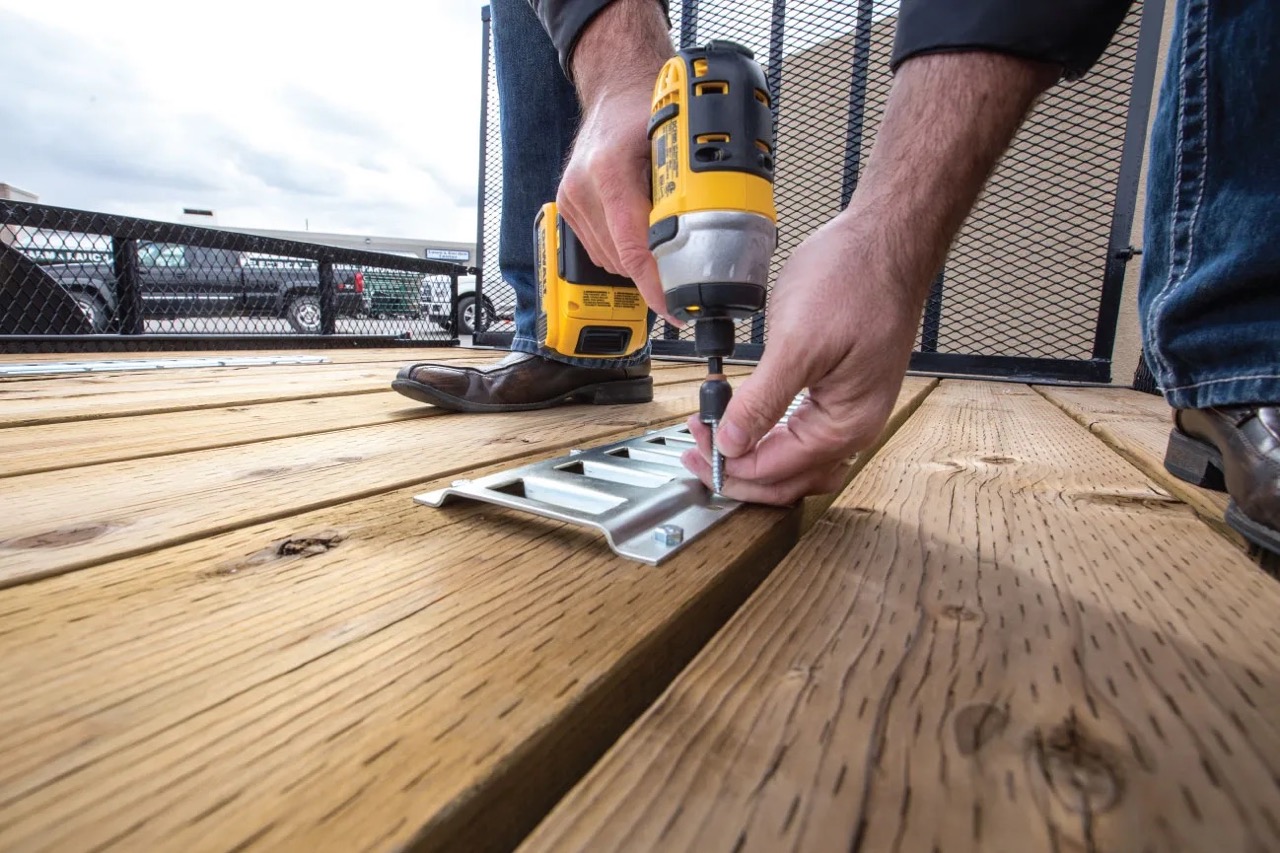

0 thoughts on “How To Use Power Tools”